maurizio valdarnini
tribute to 163rd Signal Photo Co.
«[...] the euphoria manifested by some authors around the digitalization of photography can be explained with the recovery of a strong codification principle as opposed to the foundations of analogic photography»
Claudio Marra*
At the beginning of this work there is a stunning encounter with
Walter Rosenblum's images, the amazing American Photographer who during the Second World War was operative in the research department of the US Army. The aim of these images was to provide documentary evidence and not to… report its horrors, as often happens in a self-celebratory way. Rosenblum’s images are in fact very powerful and experienced, they trigger sincere admiration not only for the value of the single shots, but also for the meticulous and dangerous work that all enlisted photographers carried out during the conflict.
And that is how the idea was born, paying homage to photographers that are very rarely honoured and often forgotten. From admiration to identification the step is short, but from the latter to the realisation of a complex and articulated work the step is much longer. For each single shot it took six months of meticulous, maniacal/obsessive, and passionate work. The setting of a world shocked by the conflict stand half way between model building and scenic design. The only thing that is left to insert are the soldiers-photographers. It is the very same author to personify them, he literally «put his face on them», as he states. In his hand, there are vintage appliances emphasized by the lighting. Dynamic and static poses, that are sometimes blurred, which make you think about the dangerous manoeuvre under the attack of the enemy fire. It is an extreme effort of realism that is at the same time renounced by the blur that exposes the scale model of the settings.
Once the overview of the origin of the work is clear – an inevitable step and crucial for the next observations – the questions on the overall project remain. Beyond the conceptual and formal references to Yasumasa Morimura and Paolo Ventura, whose reasons are in both cases directed somewhere else, what is put into question here is the very same role of the photographic image.
It is also a given fact – hopefully proved and accepted – that photography can lie. In fact, the complex photographic action undertaken by the author misleads the spectator through artifices aimed to make the scenic setting plausible, which instead cannot be true. Only by looking at the civil registry, the author was born at the beginning of the 60s, almost 20 years after the end of the war, and despite being a photographer, he was never a militant in the American army. Here opens a very interesting glimmer on the concept of memory and on its ability to be passed on through photography. The memory expressed in these images is certainly not an
autobiographic memory. It is on the contrary the result of a semantic memory (using Tulving’s definitions again) acquired because of personal interests, but also from stories heard during his childhood and boyhood, enriched and completed with his studies. The semantic memory ends up merging with the autobiographic memory and becoming one single entity in a sort of unicum which finds shape in the photographic image.
What is then this story telling us about the nature of its
medium?
We are clearly outside the photojournalistic genre, as there isn’t any demand of truth but instead of a commendable homage to the soldier-photographers of the Second World War, and the causality between referent and representation articulates itself on a temporal dimension. If it is true that the author-subject as well as the setting found themselves facing the lenses in a particular moment, it is also true that this has happened in different moments and that only later the two parts have reunified. The credible result that originates from here shakes the foundations of the theory of the message without code. In fact, it is the digital intervention that, by unifying the different moments of time (and space) generates the codification overcoming the
indexical system to support the iconic system. In other words, if we refer to the Barthes’ differentiation between photography and drawing, paradoxically these images would be closer to the latter than a continuum message.
[
Sandro Iovine ]
--------------------------------------------
(*) - Free translation from Claudio Marra,
L'immagine infedele, la falsa rivoluzione della fotografia digitale, Bruno Mondadori, Milan, 2006; p. 78.

 home
cover ▼
opinions
news ▼
portfolio
post.it
post.cast
video
ongoing
thematicpaths
googlecards
FPtag
home
cover ▼
opinions
news ▼
portfolio
post.it
post.cast
video
ongoing
thematicpaths
googlecards
FPtag

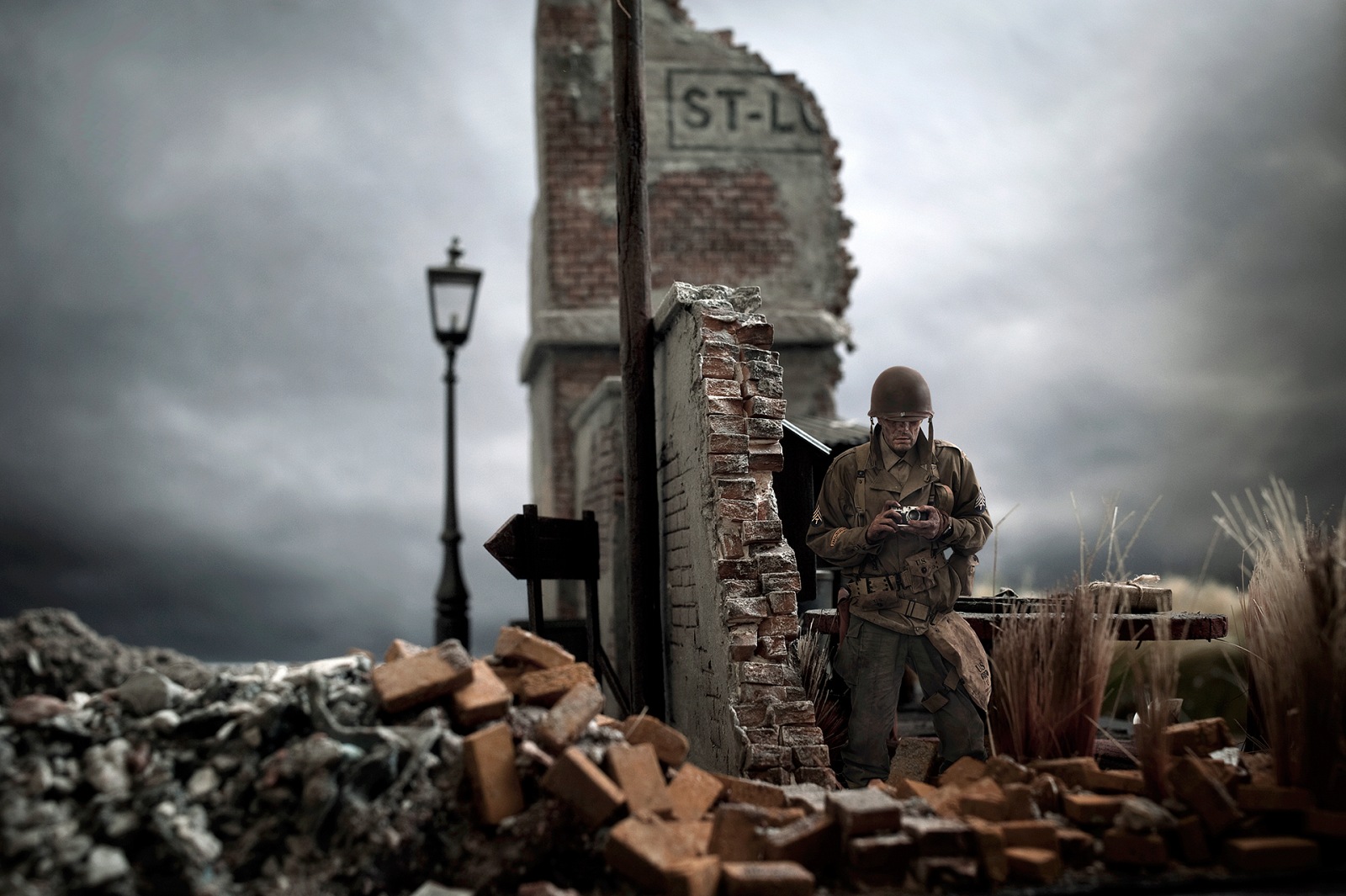

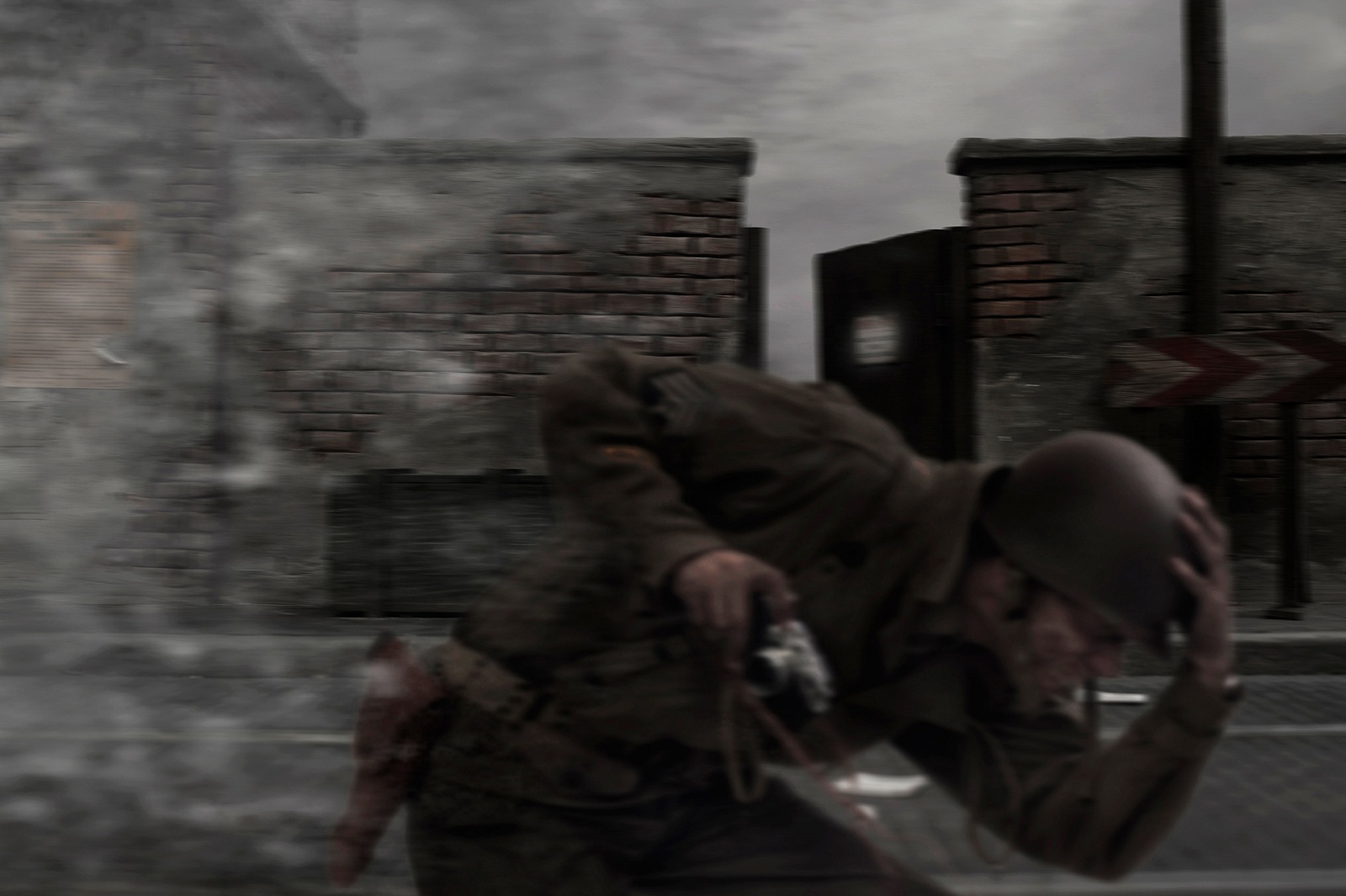
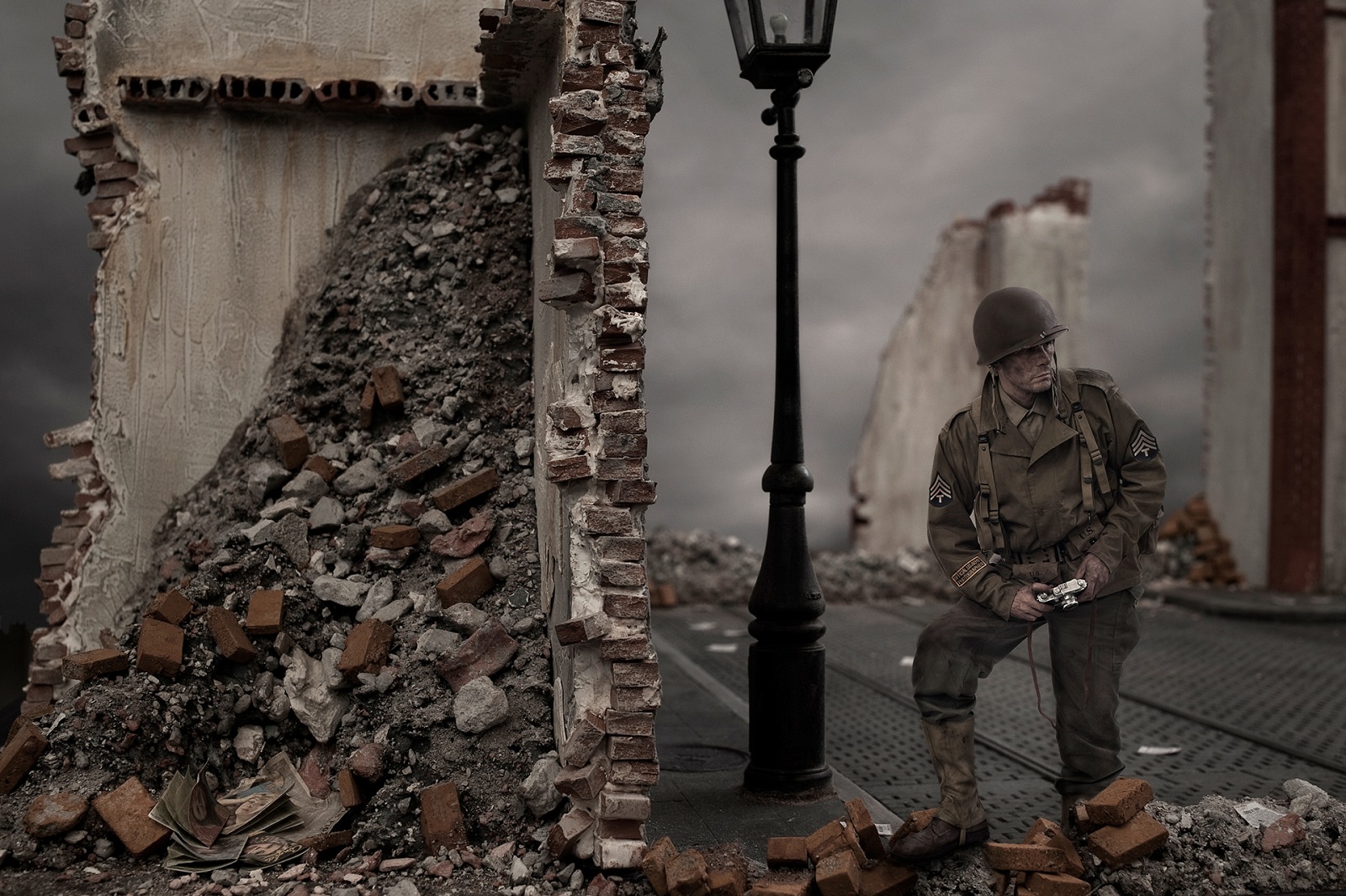

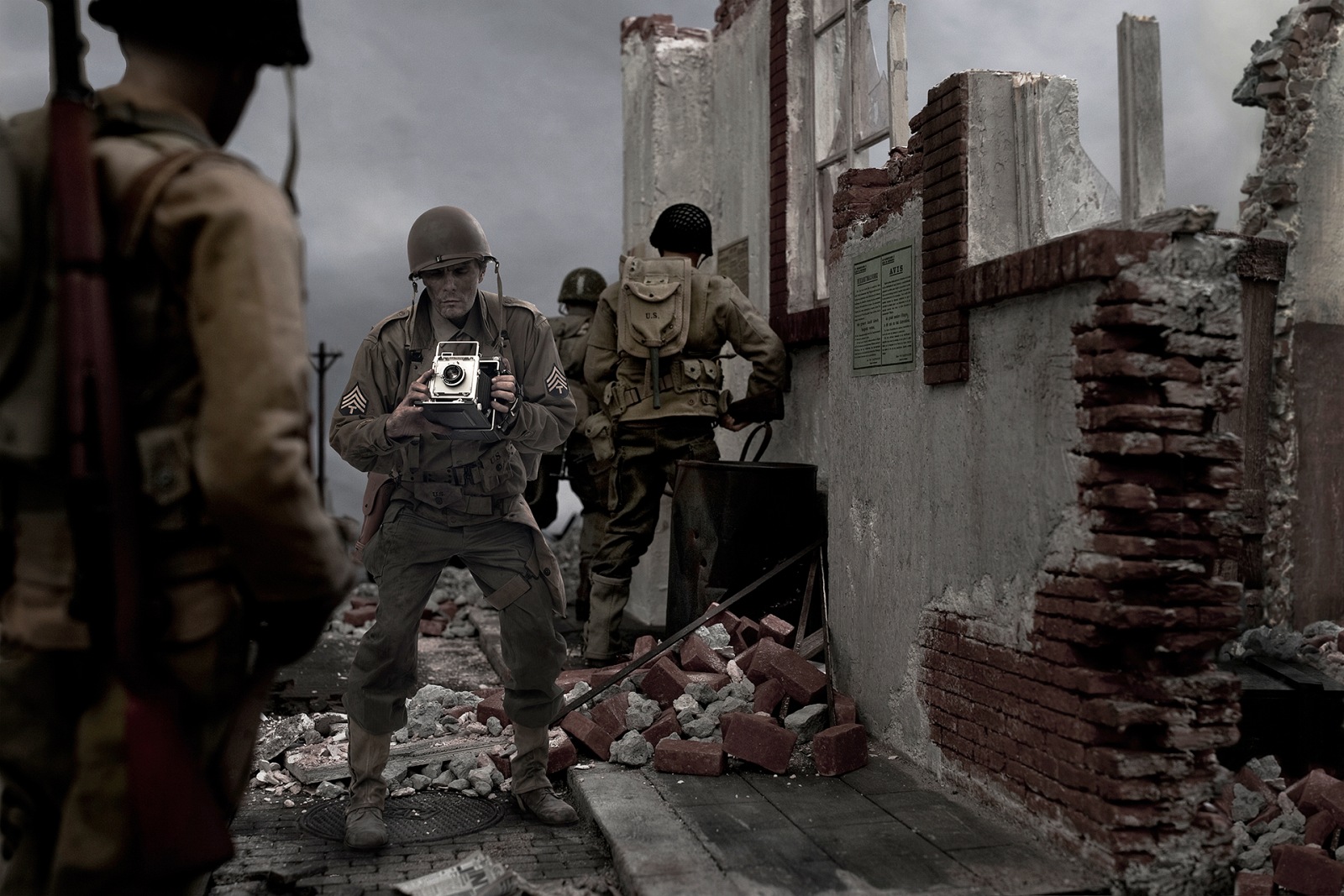



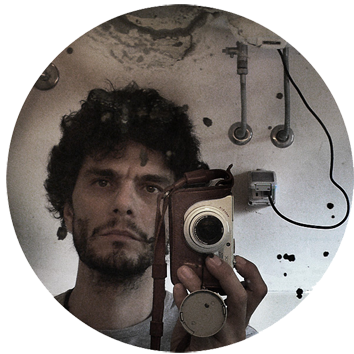 Maurizio Valdarnini - Born in Rome, he studies at the Istituto Europeo di Design. He begins to work in the capital mainly as portrait photographer, collaborating with some of the most important Italian advertising agencies and magazines. He then graduates in Sociology. He has been teaching for almost 30 years at the Istituto Superiore di Fotografia e Comunicazione Integrata (
Maurizio Valdarnini - Born in Rome, he studies at the Istituto Europeo di Design. He begins to work in the capital mainly as portrait photographer, collaborating with some of the most important Italian advertising agencies and magazines. He then graduates in Sociology. He has been teaching for almost 30 years at the Istituto Superiore di Fotografia e Comunicazione Integrata (